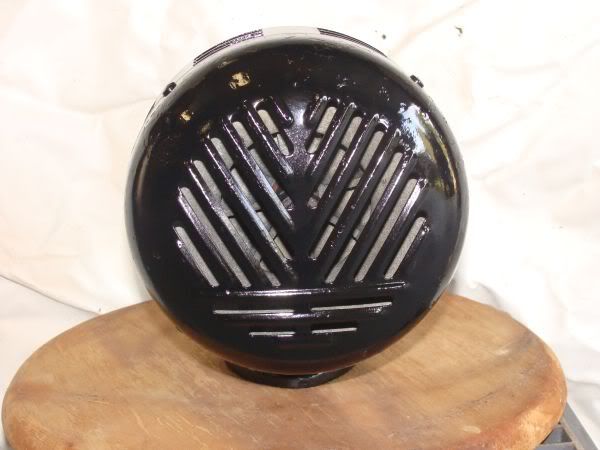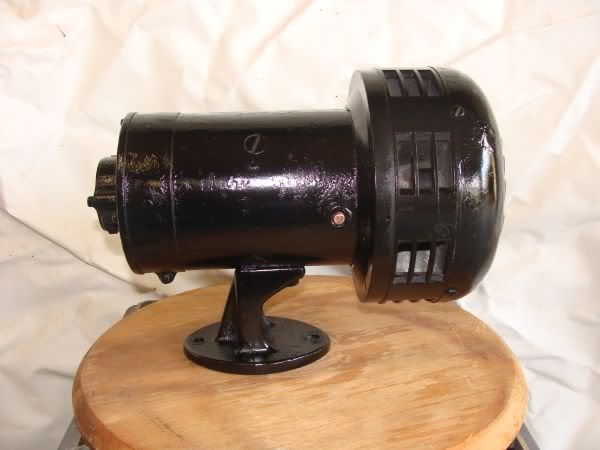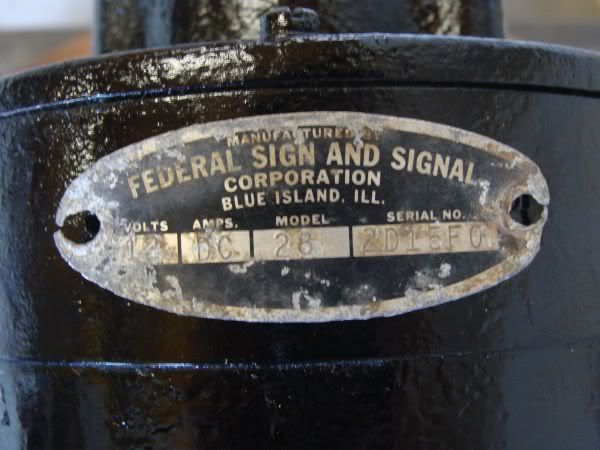Hey guys!
I'd like to tap, once again into the wealth of knowledge here. I have the opportunity to purchase this Federal Model 28 siren.
I'm not hip to this part of professional cars. I know hardly anything about the lights and siren, as i mostly deal with hearses, but i am very anxious to verse myself in this aspect as well. It appears to have been crudely painted black. I assume it was probly chrome. It does work and is very LOUD.
What would one expect to pay for such a critter? Any thing i should know about this particular model? Thanks so much for any input guys
Paul



I'd like to tap, once again into the wealth of knowledge here. I have the opportunity to purchase this Federal Model 28 siren.
I'm not hip to this part of professional cars. I know hardly anything about the lights and siren, as i mostly deal with hearses, but i am very anxious to verse myself in this aspect as well. It appears to have been crudely painted black. I assume it was probly chrome. It does work and is very LOUD.
What would one expect to pay for such a critter? Any thing i should know about this particular model? Thanks so much for any input guys
Paul






